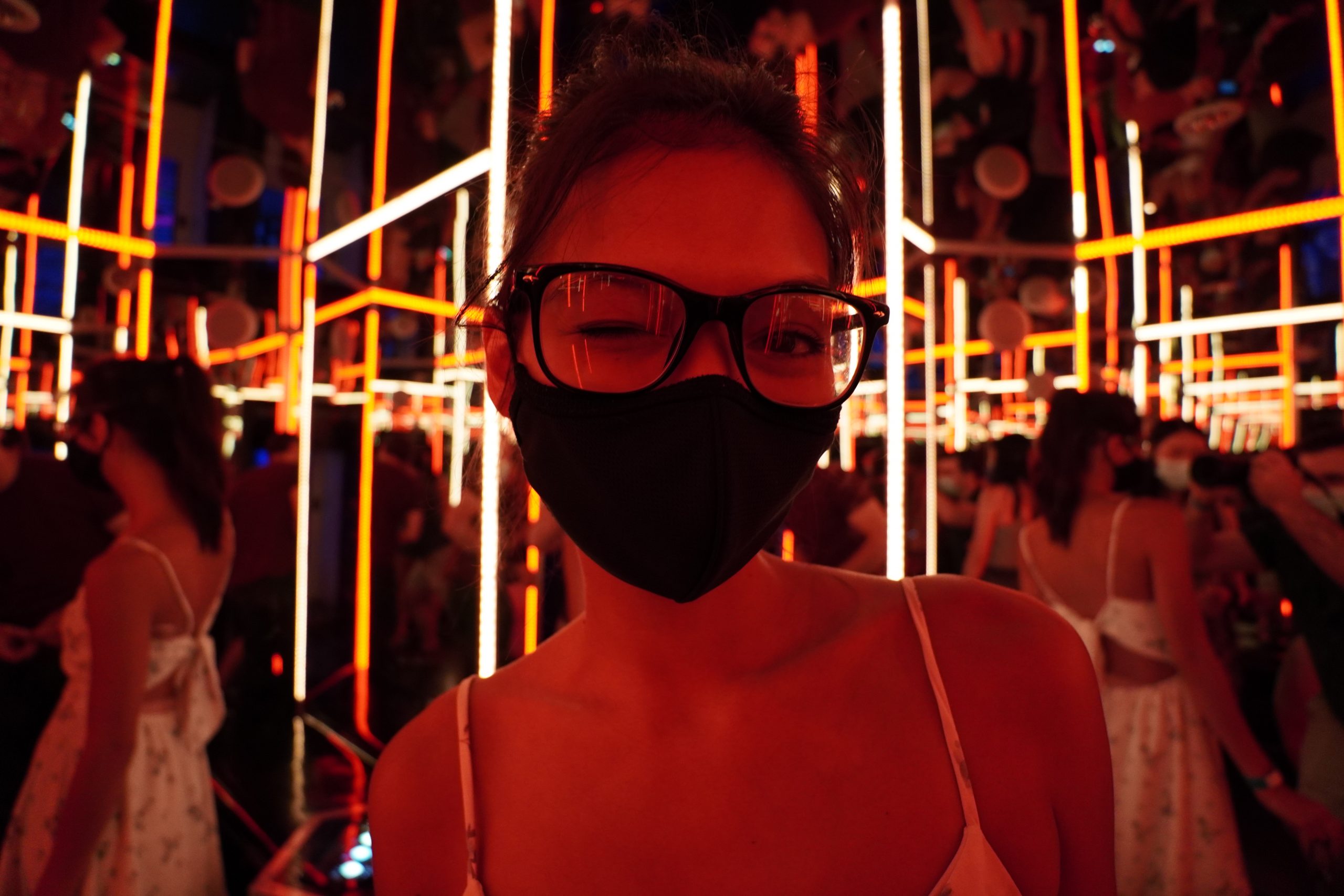Digital art is fine art because it employs conventional techniques. Despite popular synonymization, digital computer art combines “computer art” and “digital art.”
Computers and digital image processing have long been utilised in fine art, extending the meaning of “art” and penetrating virtually every creative sector. Digital art advances should be evaluated. Science classifies the arts in numerous ways. It’s difficult. First, distinguish between the visual arts (digital and non-digital fine art) and the spatial or plastic arts (creative picture structure).
Conventionally, one will use the categorization of a spatial artwork as a starting point, meaning that:
- be stationary in space, unaffected by the passage of time and incapable of evolving;
- have anything substantial to say;
- are accomplished by the manipulation of matter;
- can be seen and heard by the listener or viewer.
Digital fine art seldom meets these requirements. The second and third criterion don’t apply to most computer-generated, digital fine art. Some digital fine art may evolve over time.People create start-ups in the sphere, like establishing a marketplace of digital art V-ART or online galleries.
However, we believe it is legitimate to regard them specifically as directions and forms of spatial fine art in light of the aforementioned necessity and the nature of the tools of creative expression employed in such works.
TYPES OF DIGITAL ART
When it comes to the creation of art using digital tools, several approaches may be adopted.
- Mathematical Art. Computer-generated mathematical art follows a set of rules. Algorithms can create complex, beautiful art (like fractals).
Today’s culture views mathematical analysis and creative expression as opposites. Many modern painters eschew perspective and maths in their work. Math has attracted many creative artists. Many significant people have paved the road for visual artists throughout history.
In arithmetic, there are no rules or limits for applying different concepts. Artists often revisit topics. Examples include fractals, Möbius strips, warped perspective systems, tessellations, and polyhedra.
- Immersive Art. Artists have sought for millennia to captivate audiences. Immersive art does this. Who cares?
Immersive installations, performances, theatres, and paintings are multi-screen, include special effects, and use cutting-edge technology.
Immersive art allows visitors to investigate every corner. Digital and physical blend in such art. Immersive theatre is popular globally. We’ve all wished we could live within a movie, play, or book. In immersive theatre, spectators “experience” their own narrative and participate with artists through all senses.

- Virtual Reality.
Virtual reality is newer than other mediums. One only needs a smartphone and DIY VR glasses to enjoy virtual reality. Full VR sets (helmets, controllers) are also getting cheaper and soon be as accessible as PCs.
Virtual reality has many uses. Virtual reality and augmented reality become popular in the recent decade. Twenty years ago, science fiction, movies, novels, and ads all included VR.
- 3D-art.
Since the 18th century, street artists have made three-dimensional art. In 19th-century England, street artists were called “screevers.” In subsequent centuries, population grew.
3D art includes graffiti, computer graphics, and lifelike drawings with depth. Artists have always sought realistic portrayals of nature and ordinary items. Today, technological advances make this process easy.


